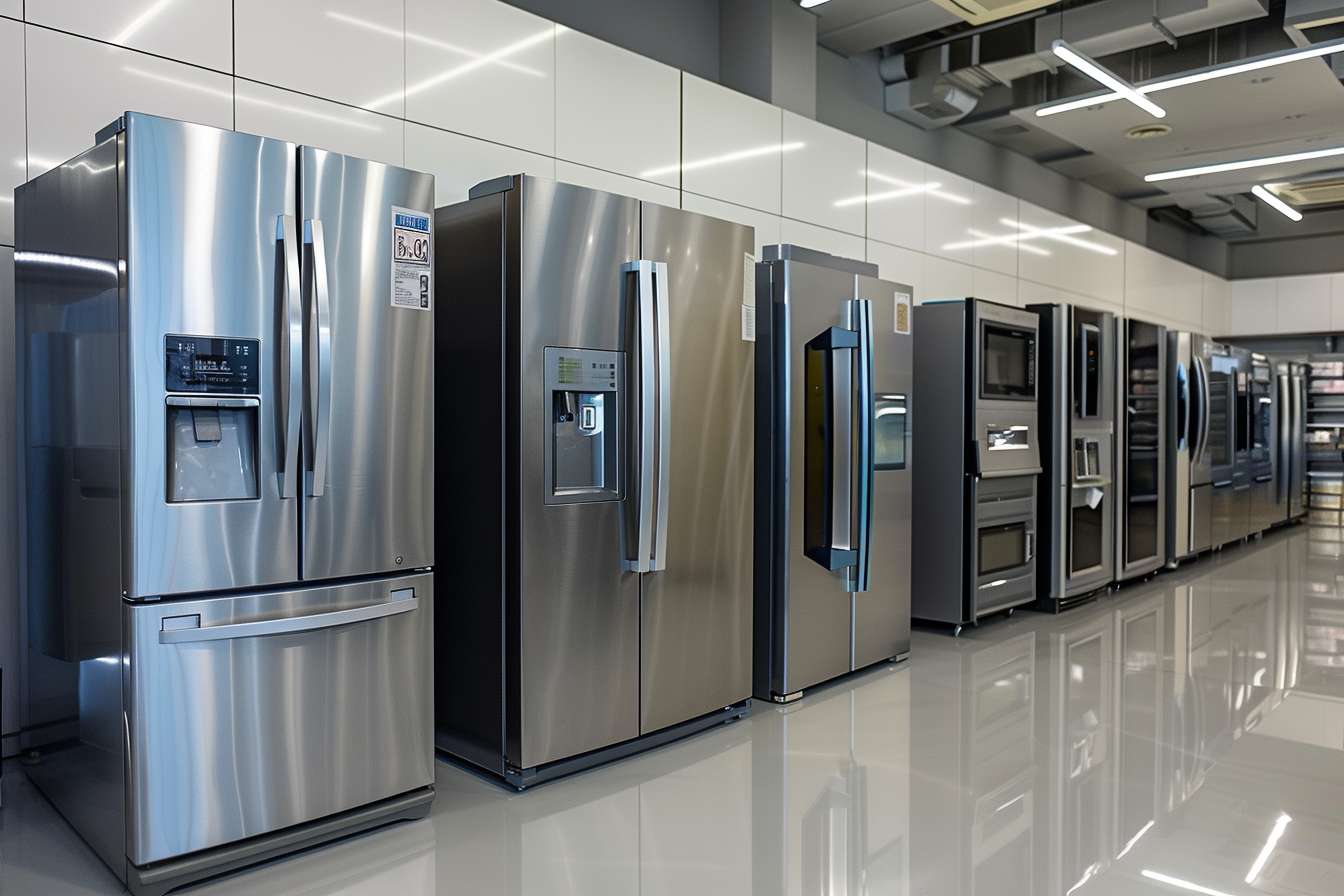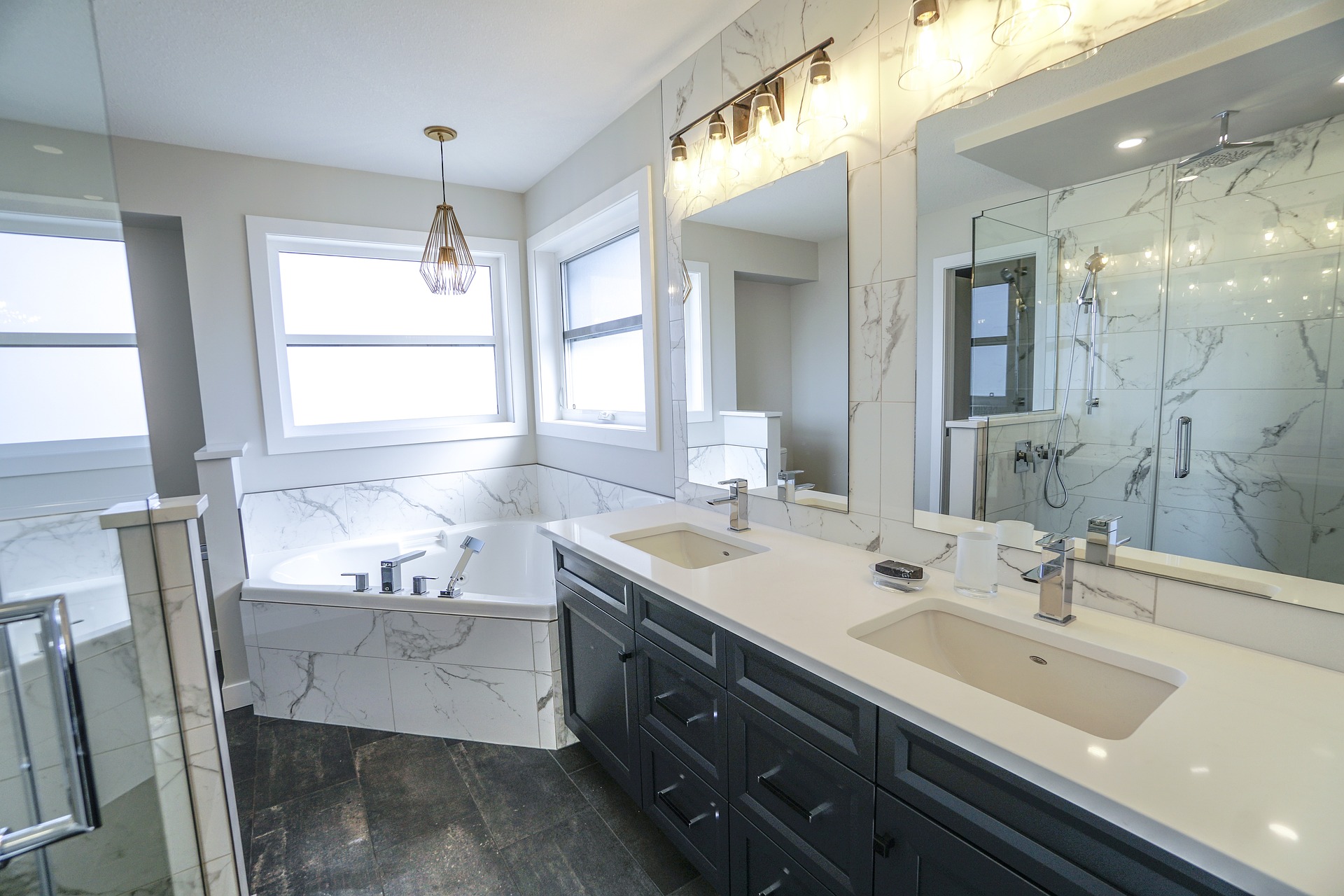Understanding Refrigerator Prices, Features, and Buying Guide
Choosing the right refrigerator involves balancing functionality, size, energy efficiency, and budget considerations. With numerous models available across different price points, understanding what drives costs and which features provide genuine long-term value helps ensure your investment serves your household needs effectively for years to come.

How Refrigerator Size and Features Affect Pricing
Refrigerator prices vary significantly based on capacity, configuration, and advanced features. Compact models under 300 litres typically start around $500-800, while standard family-sized units between 400-600 litres range from $800-2000. Premium large-capacity models exceeding 600 litres can cost $2000-5000 or more.
Key features that influence pricing include inverter compressors for energy efficiency, multi-zone temperature control, advanced filtration systems, smart connectivity, and premium finishes like stainless steel or glass panels. French door configurations and side-by-side designs generally command higher prices than traditional top-mount models due to their sophisticated engineering and enhanced accessibility.
Energy star ratings significantly impact both purchase price and long-term operating costs. Higher-rated models may cost $200-500 more upfront but can save $100-200 annually on electricity bills, making them worthwhile investments for long-term ownership.
What Buying Mistakes Should You Avoid When Shopping?
Measuring your available space incorrectly represents the most common purchasing error. Always measure height, width, and depth, including clearance for door opening and ventilation. Many buyers focus solely on external dimensions while overlooking internal capacity efficiency.
Ignoring energy efficiency ratings proves costly over time. A less efficient model might seem affordable initially but can add hundreds to annual electricity costs. Similarly, choosing the wrong configuration for your household habits - such as a bottom-freezer model when you frequently access frozen items - impacts daily convenience significantly.
Overlooking warranty terms and service availability in your area can lead to expensive repairs. Some brands offer limited local service networks, potentially resulting in longer wait times and higher service costs when issues arise.
Which Refrigerator Features Provide Long-Term Value?
Inverter compressors offer superior energy efficiency and quieter operation compared to conventional compressors, typically lasting longer due to reduced mechanical stress. Multi-airflow systems maintain consistent temperatures throughout compartments, preserving food quality and reducing waste.
Adjustable shelving and flexible storage solutions accommodate changing household needs over years of use. Quality door seals and robust hinges ensure proper insulation and smooth operation throughout the appliance’s lifespan.
Water and ice dispensers with quality filtration systems provide convenience, though they require regular maintenance. Consider whether these features align with your usage patterns, as they increase complexity and potential service requirements.
Your Pre-Purchase Refrigerator Checklist
Before purchasing, measure your space thoroughly, including pathway dimensions for delivery. Determine your household’s capacity requirements based on family size and shopping habits - generally allow 100-150 litres per person.
Research energy ratings and calculate estimated annual operating costs. Compare warranty terms, included coverage, and local service availability. Read reviews focusing on reliability, customer service experiences, and long-term performance rather than just initial impressions.
Consider your budget for both purchase and potential repairs beyond warranty periods. Factor in delivery, installation, and old appliance removal costs, which can add $100-300 to your total investment.
How to Compare Different Refrigerator Models Effectively
When comparing models, create a systematic evaluation framework considering capacity, energy efficiency, features, and total cost of ownership. Compare similar configurations rather than mixing different styles, as each serves different household needs.
| Model Type | Capacity Range | Price Range (AUD) | Key Features |
|---|---|---|---|
| Top Mount | 350-550L | $800-1,500 | Energy efficient, affordable, reliable |
| Bottom Mount | 400-650L | $1,200-2,500 | Convenient refrigerator access, larger capacity |
| French Door | 500-700L+ | $1,800-4,000+ | Premium features, flexible storage, style |
| Side-by-Side | 550-700L+ | $1,500-3,500 | Easy access, water/ice dispensers common |
Prices, rates, or cost estimates mentioned in this article are based on the latest available information but may change over time. Independent research is advised before making financial decisions.
Evaluate each model’s energy consumption against your local electricity rates to determine long-term operating costs. Consider how different features align with your cooking and food storage patterns, focusing on practical benefits rather than impressive-sounding specifications that you may never use.
Modern refrigerators represent significant household investments that should serve reliably for 10-15 years or more. By understanding how features and size affect pricing, avoiding common purchasing mistakes, and systematically comparing options, you can select a model that provides excellent long-term value while meeting your household’s specific needs and budget requirements.




